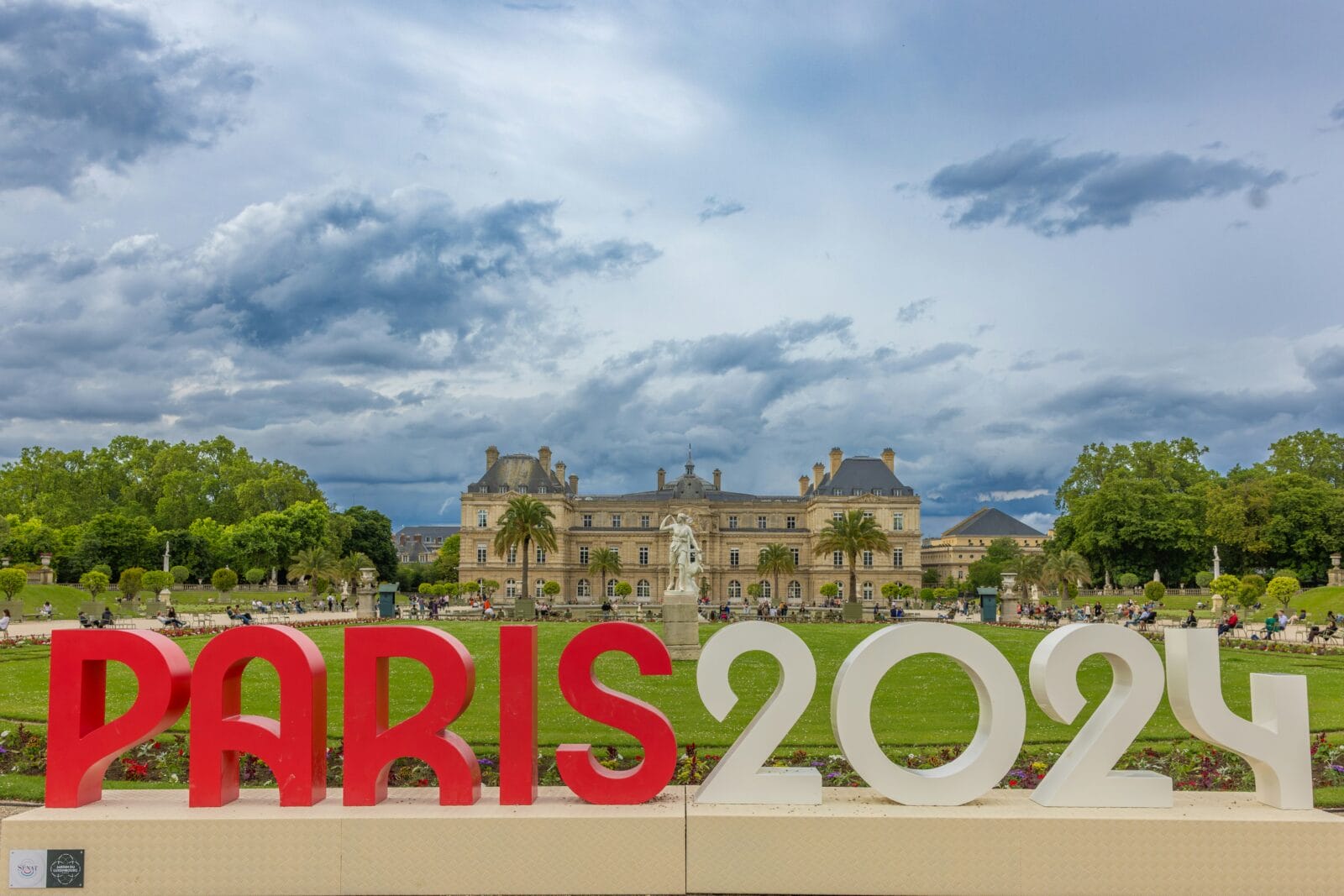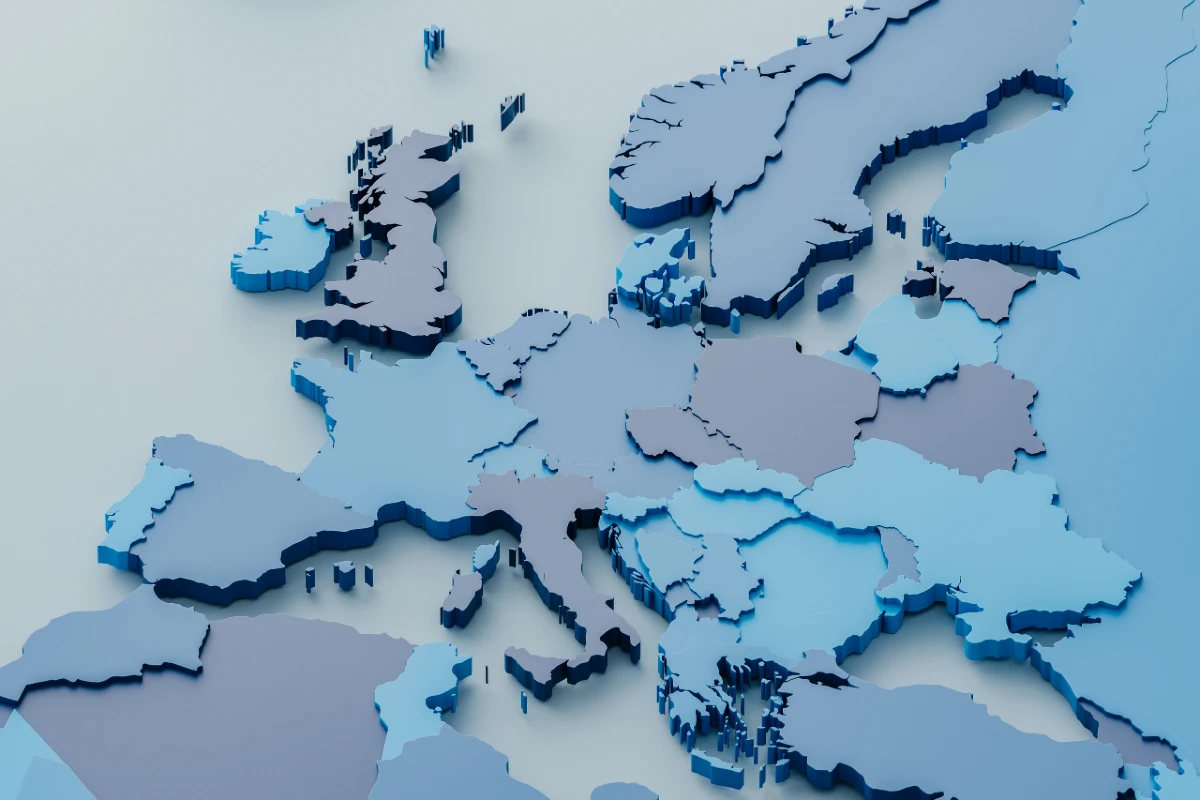Swetha Ramachandran, manager of the Artemis Leading Consumer Brands fund, looks ahead to the start of the 2024 Olympic Games this Friday in Paris. In this analysis, Swetha draws parallels between three sports, Marathon, Archery and Pole Vault, and some of the stocks she believes have the potential to deliver gold medal performances going forward.
Whether it was Great Britain’s crying rowers of 2004. Or Derek Redmond’s father helping him across the finishing line in Barcelona. Or even Ben Johnson winning “the dirtiest race in history”. Everybody has one moment from the Olympics etched in their memory.
Whether consciously or not, our recollection of each event is also likely to be intertwined with one of the Games’ long-term sponsors, which in some cases began their partnerships before we were even born. Coca-Cola, for example, has supported every Olympics since 1928.
While “the greatest show on Earth” has long been associated with everyday consumer goods and sporting giants, in recent years it has attracted the attention of another cohort – what we refer to as “premium” or “leading” brands.
Although these are not necessarily at the luxury end of the scale, they aim to foster a sense of exclusivity among their customer base. This gives them pricing power and sustainably high profit margins. LVMH, Omega and Sofitel Hotels are three examples of such brands sponsoring the Paris Olympics this year.
With sport looking like the next frontier for leading consumer brands, here are three Olympic sports – the marathon, archery and the pole vault – and the stocks in this sector with the right characteristics to go for gold in each one.
Marathon – LVMH
Many investors with a long-term horizon struggle to see how a brand can remain relevant for decades into the future. They may even be tempted to take profits in the parent company after a particularly strong run. LVMH offers the perfect riposte to such thinking.
Of the three brands that make up its name, the youngest, Louis Vuitton, was founded in 1854. The others, Moët & Chandon and Hennessy, pre-date the French Revolution, while the oldest name in its stable of brands – winemaker Domaine des Lambrays – is referred to in documents going back to 1365.
LVMH is certainly not a company that is taking its history for granted, yet its focus remains very much on the future. Its approach to crises – when it ramps up investment while many of its competitors are reducing theirs – allows it to grab market share and power ahead when conditions start to improve.
As the performance of luxury goods becomes polarised between “A” and “B” brands, LVMH is pulling clear of the pack. This should allow it to take full advantage of the many long-term tailwinds driving the sector. It has already delivered a 21% compound annual growth rate in its share price over the past decade, with its best years still ahead of it. This is a company fully capable of going the distance.
Archery – EssilorLuxottica
Competitors in the recurve archery event aim to hit a small gold ring – measuring just 12.2cm in diameter – from 70 metres away. This is not a sport where athletes can afford to neglect their eyesight, which is where EssilorLuxottica comes in.
EssilorLuxottica is a global leader in eyewear. It owns well-known brands such as Ray-Ban and Oakley and is licensed to make glasses for luxury names including Prada, Versace and Ralph Lauren.
Just as important to its success are its lens-crafting business and the tailwinds working in its favour. Last year there were around 2.6 billion people who had myopia and required vision correction – equivalent to 34% of the global population. That number is predicted to reach 4.7 billion by 2050, yet fewer than half of those have access to ophthalmological care.
Spending on eyecare is likely to increase as wealth creation rises around the developing world. This is why EssilorLuxottica’s earnings are expected to grow at 11% per annum over the long term, with organic sales growth of 6%. We are confident it can hit its targets.
Pole vault – Estée Lauder
Pole-vaulting success involves springing up from a low level. We believe Estée Lauder could be about to follow a similar trajectory.
Following a poor run of quarterly results and downgrades over the past year, the stock has fallen by almost a third since the end of March and close to 70% since its 2021 peak.
However, many of the company’s problems are short-term in nature. Our meetings with the company, industry experts and competitors have highlighted the strength of the product portfolio and the beauty industry’s long-term growth dynamics.
In addition, management’s cost-cutting programme means an expected sales recovery should be accompanied by margin expansion. Our analysis suggests shares will trade at half their 10-year average, implying a significant bounce from their current level, if revenue growth recovers to normal levels. This is not a stock for the high jump.
Swetha Ramachandran is manager of the Artemis Leading Consumer Brands fund.












![[uns] house of commons, parliament](https://ifamagazine.com/wp-content/uploads/wordpress-popular-posts/788182-featured-300x200.webp)


